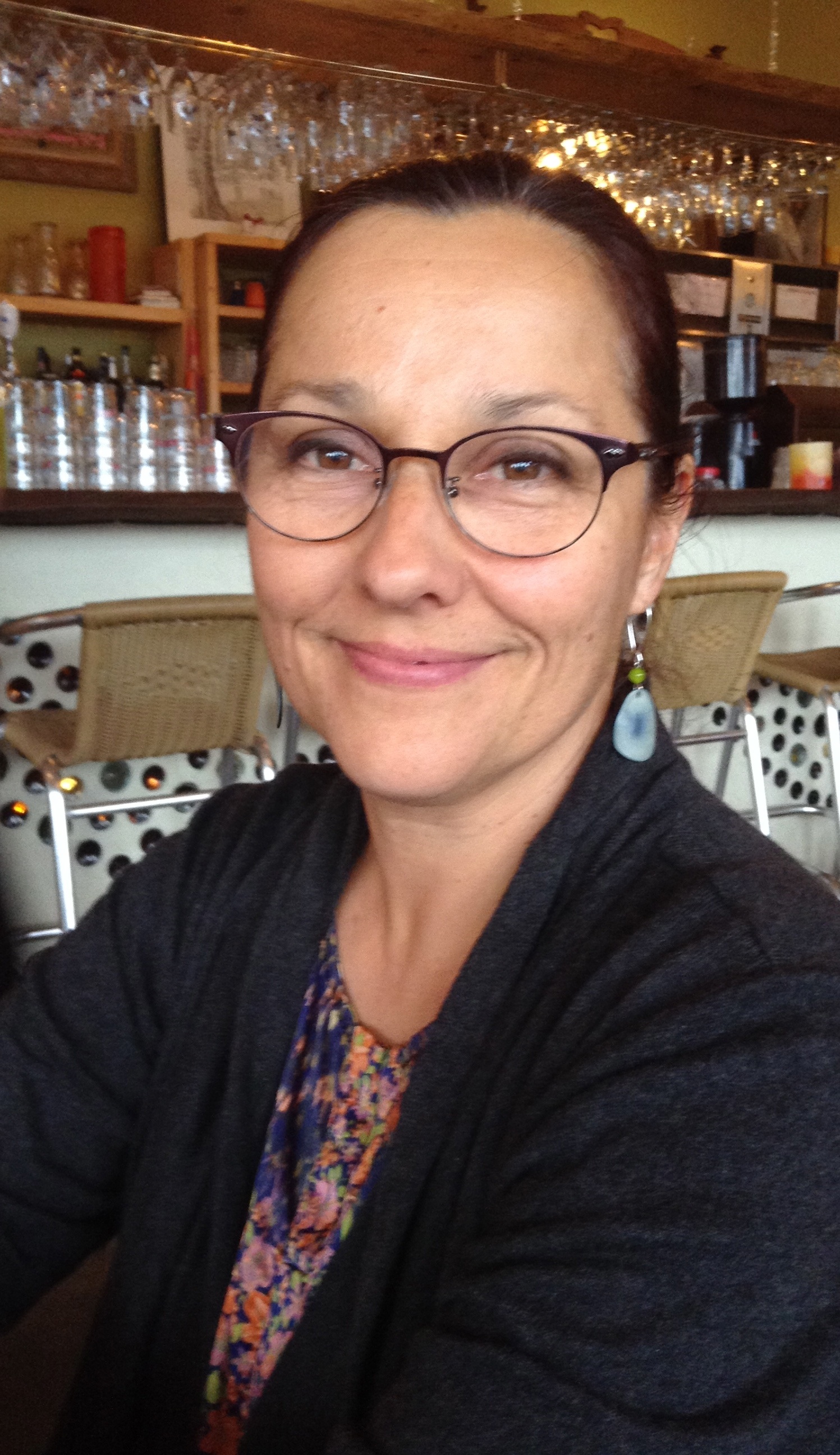This blog is based on a real life scenario that I was fortunate enough to be a part of both on a personal and professional basis. It truly reminded me just how important our teacher/student relationships are as you never know when your kind word, out of the ordinary effort or simply just being there will make a difference.
On a late Saturday afternoon there was a knock on our home door and to our surprise, there was our very distraught neighbour who just needed someone to talk to. Over the course of the next hour this young mother poured her heart out to both my wife and I. During that time she asked us to read a series of letters that obviously were very important to her.
As we scanned the pages it became clear to us that these letters were from a past teacher who took the time to write to this young women while she was in her classroom. The key message that surfaced on each and every page was that this young woman was an amazing person who had the potential to be herself and that alone would make her great. It was clear that she had experienced trauma in her adolescence and did not receive the necessary support that she should have had. Through teary eyes, this distraught woman just kept telling us how important this teacher had been in helping her get through some very dark times in her life. In fact, she owed her life to her.
Although these letters were almost 20 years old, we could tell by the wrinkled paper and tear stain marks, that she had went to these words of support many, many times over the past two decades. Once again, she was going to this teacher for support in these times of hardship.
As a teacher, we are merely a step or two on a child’s life journey. Yet that time we spend with each child is one of the most influential events they will ever experience. It is our responsibility to ensure that memory is as positive as can be.





